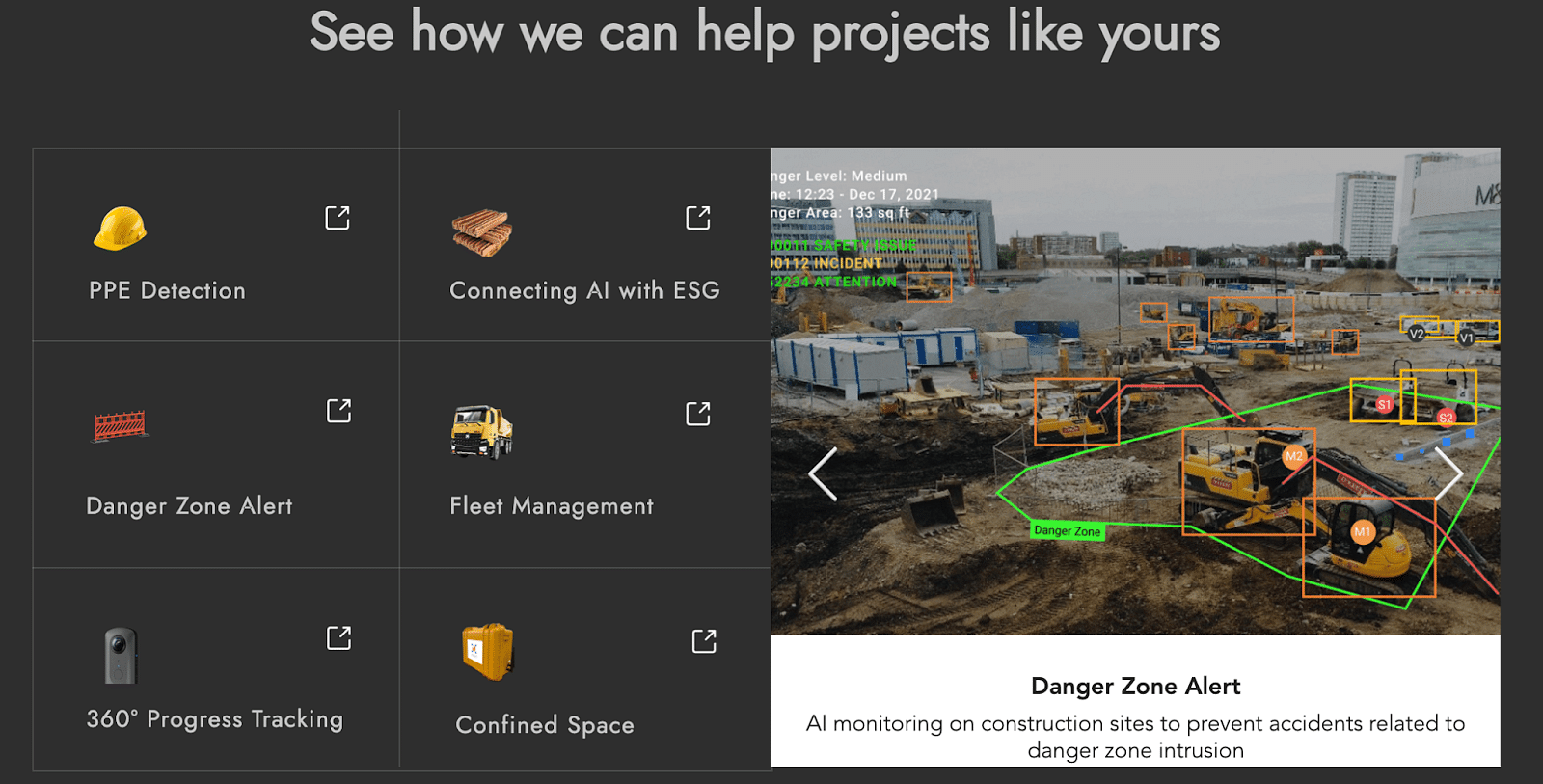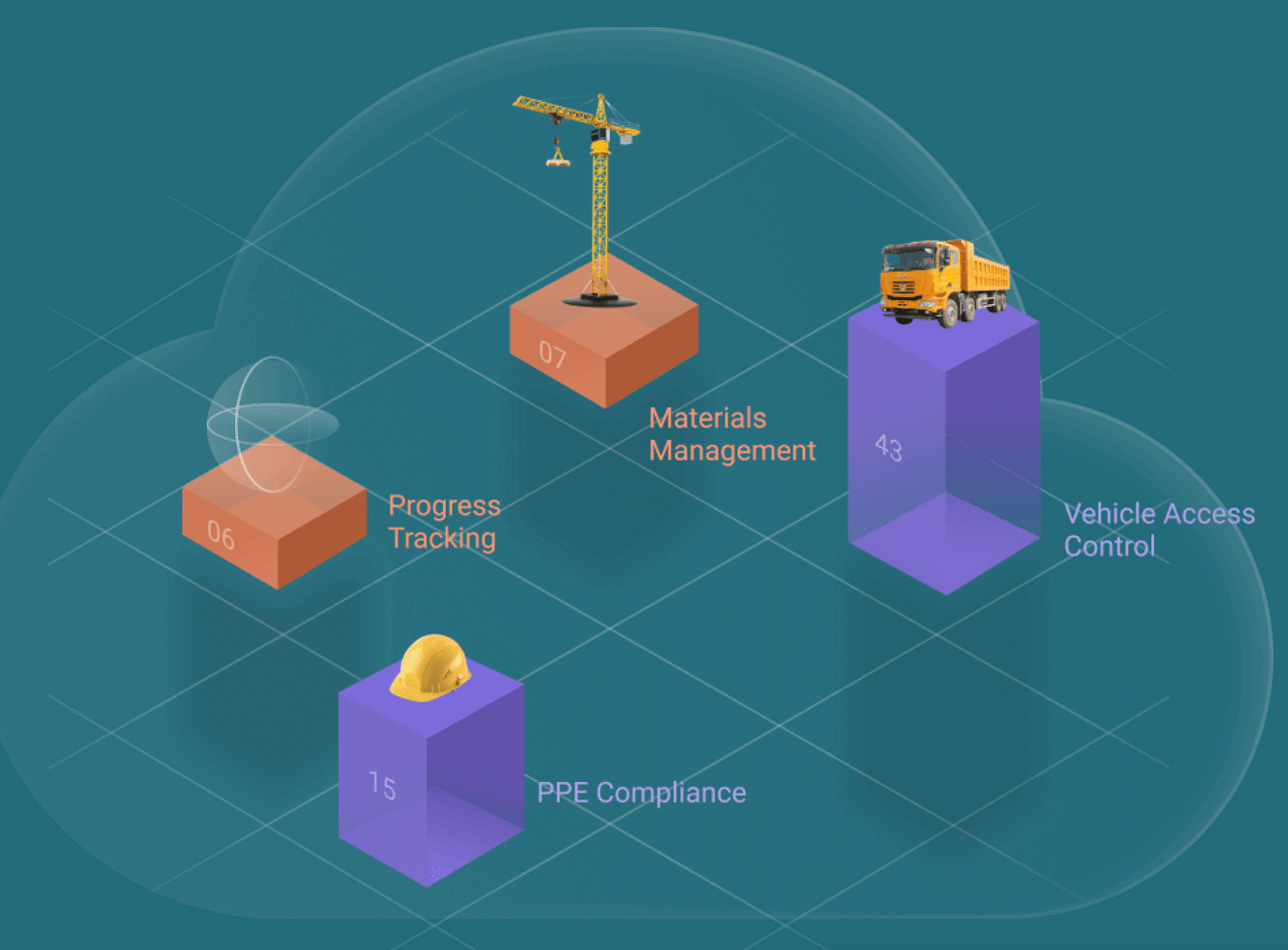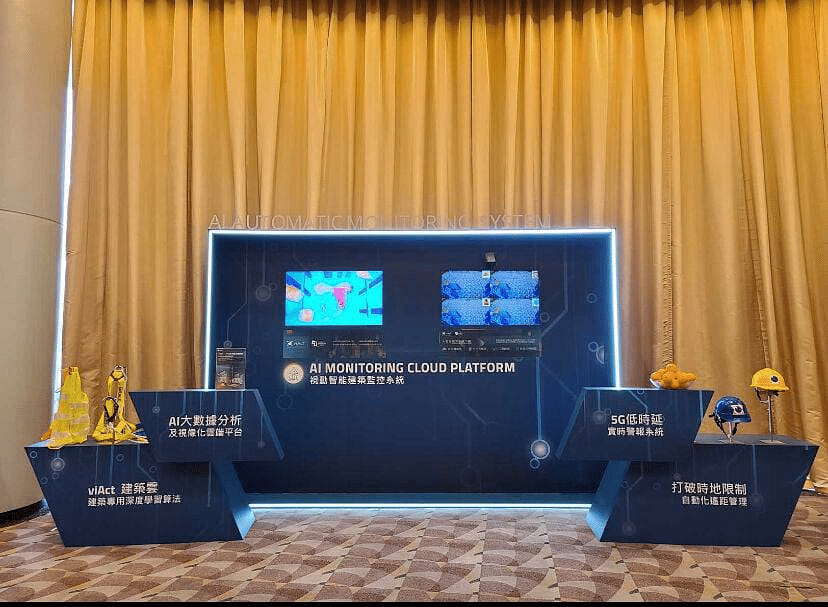
The viAct story: Building a successful B2B SaaS brand in the construction niche
By Jim James, Founder EASTWEST PR and Host of The UnNoticed Entrepreneur.
Surendra Singh is the marketing and public relations (PR) leader of the construction technology company viAct. He joined me in the new episode of The UnNoticed Entrepreneur to talk about business-to-business (B2B) marketing for a Software as a Service (SaaS) product in the construction niche.
Image from LinkedIn
What is viAct?
viAct is a Hong Kong-based startup founded in 2016 that provides artificial intelligence (AI)-based construction technologies. They set themselves apart from competitors by using a unique scenario-based AI algorithm.
With deployments around the world, they are a leading name in this technology and they have already raised a $2 million seed round. This included funding from the Alibaba Hong Kong Entrepreneurs Fund — which is a milestone that made them believe more in themselves.
Currently, they are in their Series A funding, where they’re aiming to reach $50 million. And considering feedback from customers and venture capitalists (VCs), they believe that viAct is poised to soon become a unicorn company (a company that reaches a valuation worth $1 billion without being listed on the stock market).
Customers as viAct’s Brand Ambassadors
When it comes to developing their brand, viAct doesn’t just talk about their product and what they’re doing. Because they believe in the feedback coming from the people who are deploying their solutions, they also make their customers their brand ambassadors.
You can see feedback from the likes of CEMEX Ventures, Autodesk, and AECOM. And all of them are saying that viAct’s product is something different.
In various industries, including the construction industry, there are many B2B SaaS products. What makes theirs different is that it’s easy to install (it only takes 24 hours to deploy it). This benefit has impressed VCs: They don’t need any AI experts and they spend fewer resources to implement the solution. Their solutions are also scalable.
For their Series A funding, viAct also makes their branding rather generic. They’re not talking about how much they’ve done in sales. They’re simply focusing on how their product is a scenario-based AI. It works according to scenarios on safety, productivity, and saving money on construction projects.
Screengrab from viAct
As of writing, viAct has 50 deployments around Asia and the Middle East. But how are they making their customers their brand ambassadors?
One way is by manually getting feedback from them. This includes video testimonials that feature customers who are saying that viAct’s solutions are a great product.
To film these testimonials, they have teams in Singapore and Hong Kong who record the videos from the ground. If there’s no team available in certain areas, viAct requests one-to-one meetings with their customers and gets feedback through these virtual conversations.
One of the reasons that compel their customers to give testimonials is the value that they get using the product.
viAct’s solutions ensure a 360-degree ecosystem across all three dimensions — Environmental, Social and Governance (ESG) — in construction projects. Having this capability is a testament to how viAct is not just focusing on the safety and productivity of the construction staff, but they’re also concerned about the environment. They’re committed to decreasing the amount of construction and demolition (C&D) waste, ensuring environmental compliance, and reducing risks.
Their customers provide testimonials because they know that the company is making a difference in society — and they need to speak about it. This is why rather than viAct talking about their solutions, they let their customers speak on their behalf.
And this shows how viAct and their customers are aligned in terms of having a bigger purpose, which is to safeguard health and make a positive impact on the environment.
This is an important matter because, in the construction sector, many accidents take place and several environmental and governance compliances have to be met.
By having an easy-to-use B2B software — and pairing it with CCTV cameras — you can resolve these concerns. Today, 80% of CCTVs in construction sites are still being manually monitored. With viAct’s software, you only need to generate an Integrated Disease Surveillance Programme (IDSP) link with the help of your IT team and connect it to their solutions. This only takes about 15 minutes.
Screengrab from viAct
Once deployed, their technology can monitor your construction project 24/7. Whether someone is not working or something is not going right, their AI can detect just about any scenario. And even if you don’t have CCTV cameras, you can use 360-degree cameras on helmets or mobile phone cameras to help with the monitoring.
Promoting viAct via Social Media, Physical Events, and Online Ads
Though viAct is using SurveyMonkey to get written feedback, they don’t generally rely on this type of feedback. In these times, especially when COVID-19 happened, everything has become digital and fast-paced — people only want to look at things and get information for about 10 seconds.
To communicate what their customers are saying about them, they prefer having short videos rather than written testimonials. YouTube is the main platform that they use to host these videos. They also have a complete library of testimonials on their website.
Apart from than these, they also use social media platforms to promote their brand.
Gary Ng, the founder of viAct, and Hugo Cheuk, the co-founder and Chief Executive Officer (CEO), have been in the industry for that past 10 to 15 years. And it’s thanks to their huge network that their company is able to to grow organically on social media.
In terms of media relations, Surendra shared that there are big media houses covering the construction technology niche. Several events are also taking place, including expositions that showcase real estate and construction technologies.
Image from Facebook
Hong Kong and Singapore governments are the most aware of the need to deploy construction technologies. In Hong Kong, particularly, organisers hold multiple physical events about construction technology with help from the government. viAct participates in these activities and displays their product in a way that people can understand even within 30 seconds.
Apart from physical events, viAct also runs multiple advertisements on Google and LinkedIn. For their video ads, they target people who are at the core of construction innovation — including those who are working in construction consultancy and those who are responsible for workplace safety.
Targeted ads help them reach the right audience because they know that they’re in a niche market. Although they estimate that in the coming years, more than half of construction companies will be using construction technologies, the current size of their audience is this small. But even if their market only comprises a few people, these people are all aware of the existence and importance of such technologies.
In their targeted approach, they’re running ads for 365 days on a small budget (which starts from $1,000), utilising 10 to 15 keywords that are being searched once or twice a month. Paid ads comprise 40% of their promotions while the remaining 60% is organic.
Internal Communications Across Geographies
viAct believes that employees should have some kind of comfort when working with any company; there has to be a balance between personal and professional lives.
As a remote construction technology company believing in remote-first culture, they have people working from Singapore, Hong Kong, India, and Vietnam among others. They use the communication software Dingtalk to be in touch 24/7, 365 days. Meanwhile, they use Trello to designate tasks and get information about their progress. These tools help them make their teams aware of all product and marketing updates.
For instance, they recently had an integration with Autodesk and that led to a new update in their software. Their product team told their employees about the update, explained why it’s important, and said that everyone should check it out.
A Concerted Effort
Image from viAct
At viAct, they also believe that everyone is responsible for what the brand is going to be.
Though they have a marketing team dedicated to content writing and advertisement, even their human resources team is also sharing product updates and communicating how it can be advantageous. If you go on LinkedIn, you will see that everyone in their company is contributing to the promotion of their brand.
To ensure consistency in their promotions, an India-based team is writing the language of their brand. They have a shared folder in the cloud where they put all their content, including graphics and videos. Their people are to share materials from there so that everyone is using the same language.
For Surendra, having one language is a need for every brand. There shouldn’t be a difference when two people from the same company are talking about their product.
Addressing linguistic differences, viAct has a team working from the Philippines, Hong Kong, and mainland China and they’re responsible for translating English language content into Cantonese, traditional Chinese, or simplified Chinese. This setup — where content creation is centralised in one team and localisation is handled by another — allows them to efficiently create content in English and have a local version for China, Hong Kong, and other areas.
To boost sales further, they also have a partnership programme where they tie up with Internet of Things (IoT) and CCTV vendors. These partners help sell their solutions in a particular geography. For instance, if they have US-based CCTV supplier partners, these partners will communicate with the construction businesses there, deploy CCTV cameras, and make their offering stronger by equipping it with viAct’s technology.
If you want to learn more about Surendra and viAct’s solution, visit www.viact.ai. You can also find all their team members on LinkedIn.
This article is based on a transcript from my podcast The UnNoticed Entrepreneur, you can listen here.
Cover image by Christopher Burns on Unsplash






